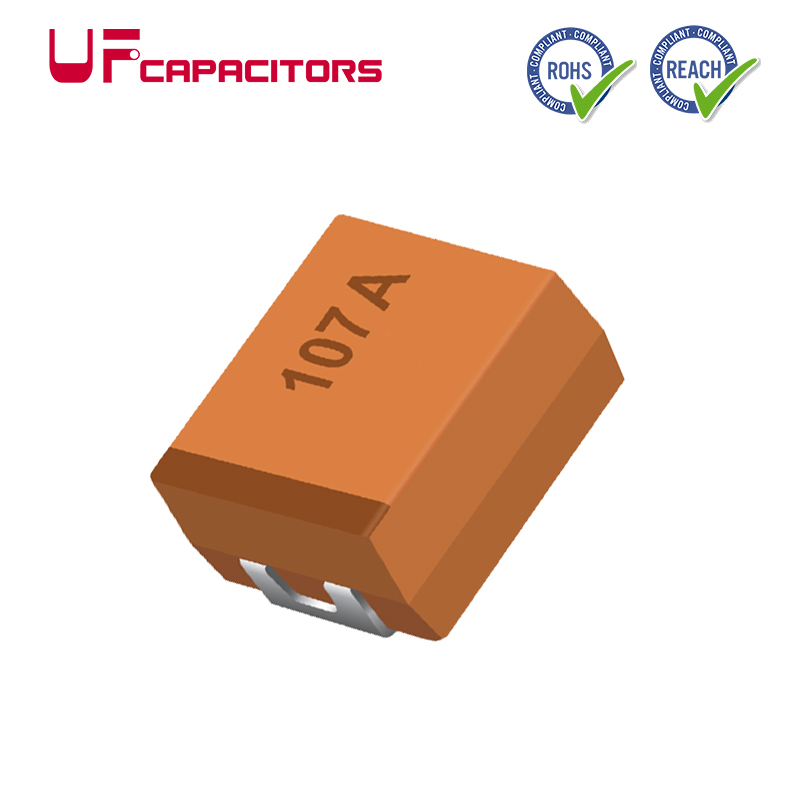Features and considerations related to niobium oxide capacitors
2024-01-29
Niobium oxide capacitors, often referred to as niobium electrolytic capacitors, are a type of capacitor that utilizes niobium oxide (Nb2O5) as the dielectric material. These capacitors are a subtype of electrolytic capacitors, and they offer certain advantages over traditional aluminum electrolytic capacitors.
Here are some key features and considerations related to niobium oxide capacitors:
1. Dielectric Material:
- The dielectric material in niobium oxide capacitors is niobium pentoxide (Nb2O5). This dielectric exhibits good electrical properties and stability, making it suitable for capacitor applications.
2. Construction:
- Niobium oxide capacitors are constructed similarly to aluminum electrolytic capacitors, with an anode, cathode, and electrolyte. However, the use of niobium oxide as the dielectric material sets them apart.
3. High Capacitance:
- Niobium oxide capacitors can achieve high capacitance values for their size. This high capacitance is advantageous in applications where space is a critical factor.
4. Low Equivalent Series Resistance (ESR):
- Niobium oxide capacitors typically have a low equivalent series resistance (ESR), contributing to their efficiency in filtering and decoupling applications.
5. Low Leakage Current:
- The niobium oxide dielectric allows for low leakage current, which is beneficial in applications where maintaining a stable voltage is crucial.
6. Stable Performance:
- Niobium oxide capacitors exhibit stable performance over a wide range of temperatures, making them suitable for applications in various environments.
7. Long Lifespan:
- These capacitors often have a longer lifespan compared to certain other electrolytic capacitors, contributing to their reliability in electronic circuits.
8. Applications:
- Niobium oxide capacitors find applications in power supplies, audio circuits, filtering applications, and other electronic circuits where high capacitance and stable performance are essential.
9. Surface Mount Technology (SMT):
- Many niobium oxide capacitors are designed for surface mount technology (SMT), making them suitable for modern electronics manufacturing processes.
10. Polarity:
- Like other electrolytic capacitors, niobium oxide capacitors are polarized components, meaning they must be connected with the correct polarity to function properly.
11. Cost:
- While niobium oxide capacitors offer certain advantages, they may be more expensive than aluminum electrolytic capacitors. The cost consideration is essential when selecting components for a specific application.
It's important to note that the choice of capacitor type depends on the specific requirements of the application. Design engineers often consider factors such as capacitance, voltage ratings, ESR, temperature stability, and cost when selecting capacitors for a particular circuit. Manufacturers provide datasheets with detailed specifications for capacitors, aiding engineers in making informed decisions based on their application needs.



